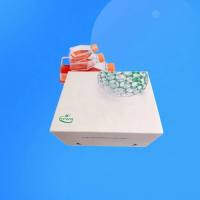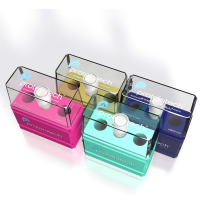Selectable Markers for Eukaryotic Cells
互联网
709
The transfer of DNA sequences into a population of cells can rarely, if ever, be achieved with 100% efficiency. Typically, transfection of cells with the calcium phosphate method will transduce only between 0.1 and 1% of the cells with the sequences of interest (1 ), although some workers have achieved higher efficiencies (2 ). If the transferred sequences do not confer a selective growth advantage, it is essential to use selection for transduced cells. The marker gene itself may be the gene of interest, e.g., to label a certain cellular population; alternatively, expression of the marker may merely be a convenient selection for the cellular population expressing another gene that has been cotransfected with the marker. Critically, selectable markers permit positive selection (i.e., the cells of interest are not killed); this is in contrast to systems in which demonstration of infection with a virus leads to death of the recipient cell (such as VSV pseudotypes, see Chapter 9 ).








